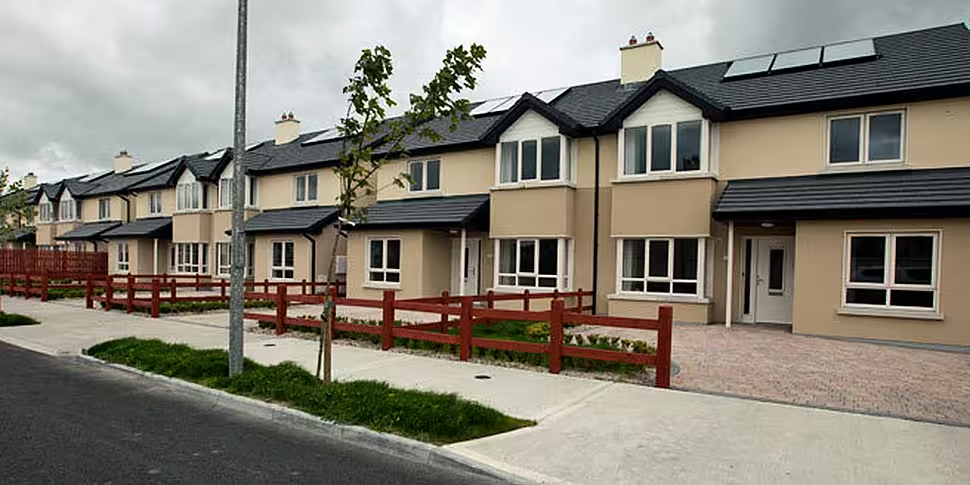Just 8,800 properties overall have been added to Ireland's housing stock over the past five years, according to Census 2016 figures.
This contrasts starkly with the more than 225,000 extra homes that were built between 2006 and 2011.
It also runs contrary to the Government's Action Plan For Housing report claims that roughly 15,000 houses were built last year and 13,000 in 2015.
Census 2016 shows that the number of vacant houses and apartments has fallen 20.3% to 183,312. The Central Statistics Office (CSO) also counted 62,148 vacant holiday homes.
Rural vacancy rates remain high – Blacklion in Cavan has the highest rate on the list with almost half of all homes (46.4%) being empty, followed by Keshcarrigan (45.6%) in Leitrim and Kilgarvan (43.1%) in Kerry.
A total of 2,003,645 houses and apartments were counted. Of these, 1,697,665 were occupied by persons usually resident in the State, a 2.9% increase.
Renting
When it comes to renting, the number of households paying at least €300 to private landlords each week skyrocketed 166% to 48,933.
When examined by age, the results show that renting was more common than owning before age 35. Beyond this, more householders owned rather than rented their home. The equivalent age in previous censuses was 32 years in 2011, 28 years in 2006, 27 years in 2002 and 26 years in 1991.

The average weekly rent paid to private landlords in April 2016 was €199.92, up from €171.19 (16.8%) in 2011.
The highest growth in rent was in Dublin City, which increased by almost 30% while rises in excess of 20% were also recorded in Dún Laoghaire–Rathdown (26.2%), Fingal (22.8%), South Dublin (22.7%) and Kildare (20.3%).
Deirdre Cullen, the CSO's senior statistician said:
“In recognition of the demand from users, and society in general, for a better understanding of housing in Ireland, the Central Statistics Office has prioritised the housing release as its first thematic report from Census 2016.
"We believe this report provides a clear picture of some of the main developments in the Irish housing landscape over the past five years, including new analysis of vacant properties such as type of dwelling and distance to the nearest town."

Other highlights from the report include:
- Almost 10% of the population in accommodation with less than one room per person: There were 95,013 permanent households with more persons than rooms, at an average of 4.7 persons per household. This is a 28% rise on the equivalent number in 2011 (73,997).
- Decline in home ownership rate: The number of owner occupied households fell between 2011 and 2016 (from 1,149,924 to 1,147,552), causing the overall home ownership rate to drop from 69.7% to 67.6%, a rate last seen in 1971.
- Types of dwellings: The number of occupied apartments (purpose built, converted and bedsits) increased by 11.4% to 204,145 over the 2011-2016 period to account for 12% of all dwelling types in 2016 (up from 11.1% in 2011). Within the Dublin City local authority area, apartments (74,537) were the main dwelling type for the first time replacing terraced houses (74,446).
- Fewer vacant dwellings: There was a 15% drop in the number of all vacant dwellings (including holiday homes) from 289,451 in 2011 to 245,460 in April 2016. 62,148 of these were holiday homes, leaving 183,312 other vacant dwellings. For the first time in Census 2016, the type of dwelling was captured for vacant dwellings. The results show that of the 183,312 other vacant dwellings, 79,966 were detached houses, 60,154 were semi-detached or terraced dwellings while the remaining 43,192 were apartments.









